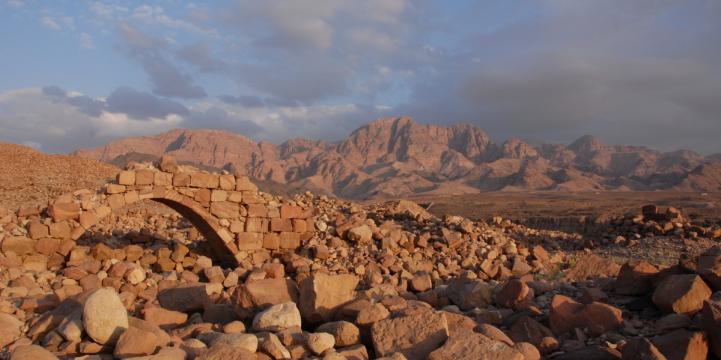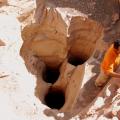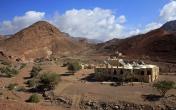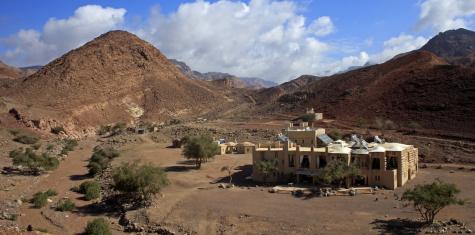
“Feynan, Faynan, Feinan, Finan, Fenan, Fienan, Fanan: many spellings, one magical place”
says the founder of EcoHotels, Nabil Tarazi and he’s not wrong. Like many names in Jordan, the spelling and pronunciation of Feynan can vary from place to place, person to person and over time.
Most of today’s variations in spelling are a largely a matter of transliteration from Arabic to English and different accents or dialects. Going back further in time however, the different names for Feynan reveal some of the rich history of the area and its inhabitants.
Here is a quick look at the top 5 names for the area of Wadi Feynan through history and what we know about them.
1. Pinon / Punon
Starting way back we know that people have inhabited the area of Feynan for over 12,000 years since before the Neolithic period. However since writing wasn’t invented until later on, we don’t have any records of what these people called the area.

The first known name comes around 1,200 years BC, when Feynan began to develop as an early centre of the copper industry during the Iron Age. During this period, the area was under the control of the Kingdom of Edom. The area is mentioned as Pinon / Punon three times in the Biblical Old Testament when describing the chiefs of the Edomite Kingdom and listing the stopping points during the exodus of the Israelites from Egypt. Click here for more info on this period.
2. Phaino
The Romans and the Byzantines called the area Phaino and during this period Feynan staked its place on the world map as one of the centres of Roman copper production. Labourers worked in extreme and dangerous conditions extracting copper from the hills and processing it at a large industrial centre. Some workers were condemned criminals forced to work there as a punishment and Feynan became infamous for the harsh conditions. One writer comments that a criminal:
‘should be sent away to the mines; and not simply any mine but to that of Phaino where even a condemned murderer is hardly able to live a few days.’
Read more about the Roman and Byzantine periods in Feynan here
3. Feynan

“My favourite thing in Feynan is its name; it has a very deep meaning. When you look into its meaning you live the whole atmosphere. It means long beautiful black hair, Feynan has a long heritage, it’s still growing and we are part of it. The black represents the black surrounding mountains for me.”
4. Dana
Dana isn’t really the name of the area of the lodge but a wider area and specifically the Dana Biosphere Reserve where Feynan Ecolodge is located. This reserve is the second largest in Jordan and is really important for conservation since it has a high level of biodiversity. Dana is the name of the village in the eastern part of the reserve and the name of the wadi that leads down over 1000m from Dana village to Feynan Ecolodge. You can find out more about the Dana Reserve and conservation work in the reserve here.
5. Faynan
Even today different people use different spellings. The spelling ‘Faynan’ tends to be used by the archaeology community who regularly carry out research in the area into the remains that stretch back more than 11,000 years. You can learn more about the rich history of Feynan and the archaeological interpretations on one of our guided hikes from the lodge here.
26/11/2014









